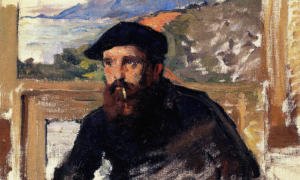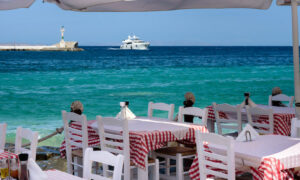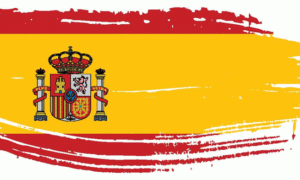Everyone who has visited Spain will, at one time or another, tried the national dish, paella. Paella comes in several varieties, with seafood, rabbit, chicken and vegetables. Mostly green beans, but always with plenty of rice, with its distinctive yellow color. Did you ever wonder, where the yellow comes from? Well, it is from the highly appreciated, rare and therefore expensive spice saffron.
Saffron is so expensive that there have been times in history when an ounce of saffron cost multiples of an ounce of gold. That’s not quite the case now, though it’s still expensive. As of August, 2023, a kilo of saffron goes for about 700 euros to 1,400 euros per kilo retail in Europe. But beware … a lot of what you see in stores and supermarkets is fake.
To get the real deal, go to Spain.
Wild in the islands, tame on the plains
In the summer months, saffron is a big thing in Spain, especially in the province of La Mancha where is is planted in August. The only place in Spain where saffron grows wild in cracks of rocks is the Balearic Islands, mostly on Mallorca.

But, the center of saffron is La Mancha, remarkable for other reasons, as well. La Mancha is a fertile plateau located in Central Spain, near Cuenca, Albacete and Toledo. To fans of Spanish literature, La Mancha will be familiar, because it is here that Cervante’s “Don Quixote,” mounted on his horse Rocinante, fought the windmills., thinking they were giants. Don Quixote may be a character from fiction, but the windmills are very real and a famous landmark of the region. For a best view of the mills, head for Consuegro and the Cerro Calderico Ridge with its 12 well preserved windmills, four of which still have their original machinery.
And it was all yellow …
But, back to saffron, which is the star of this story. The delicate plant is also known as crocus sativius and thought to originate from Iran. It has thin green leaves and white and/or lilac flowers which emanate a light honey smell.
What makes saffron so expensive and valuable are two things: the process of planting, then the harvest
in fall. Saffron crocus grows from bulbs, which have to be planted in a specific way and in soil in the right condition.
The best season is June to September and a few months later, the vibrantly colored flowers and green leaved will start to bloom, ready for the harvest. This is a painstaking and lengthy process, and all steps need to be done by hand.

Each flower only develops three threads – also called stigma – which produce the spice and need to be separated one by one. They then have to be dried and there are several ways or preparing the dried threads before the safforn can be used.
Be careful if you do this yourself because the threads can turn everything they touch – like your fingers and clothing – yellow, and where it is plentiful, saffron has been used as a dye.
Saffron is appreciated as a flavor enhancer for meat, fish, soups and especially rice, hence its value for the Spanish paella. The taste of saffron raw is an interesting mixture of bitterness and honey flavor. However, parts of the plant are toxic, and should not be consumed raw or in excess even If used in dishes or for medicinal purposes.
Festivals
As we said, saffron rarely grows wild and has to be planted, cultivated and harvested. This brings us back to La Mancha and the town of Consuegra, the center of saffron in Spain. Given the hard work involved, it does not come as a surprise that the end of the short harvest season is celebrated with a festival. It is the Saffron Rose Festival, which takes place in the last full weekend of October in Consuegra.
The festival that was created in 1963 serves to showcase the agricultural, historical and gastronomic characteristics of the region Castilla/ La Mancha, as the basic venue is one of the windmills.
Events at the festival include, cooking contests, picking competitions,, local costumes, dances music and of course big containers with different varieties of saffron for sale.
Bring a big wallet though; just a few grams will set you back plenty.
–––––––––––
Read more about Spain here in Dispatches’ archives.
Inka Piegsa-Quischotte is an international attorney-turned-travel and lifestyle writer based in Spain. She has contributed to BBC/Travel, several in-flight magazines, TripSavvy (Spain) and TravelAwaits among many other publications.














